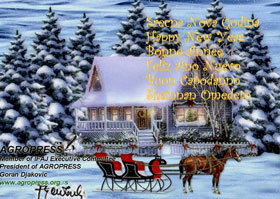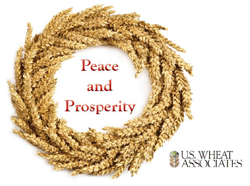 Leaders in Congress are questioning the Secretary Vilsack’s assertion that the USDA analysis of the climate change report if flawed, and they have written the department to tell them just that.
Leaders in Congress are questioning the Secretary Vilsack’s assertion that the USDA analysis of the climate change report if flawed, and they have written the department to tell them just that.
In their letters, U.S. Senator Saxby Chambliss (R-Ga.) and U.S. Representative Frank Lucas (R-Okla.) discussed Vilsack’s past remarks on the big issue of climate change. In a recent press release, their letters to USDA were shared.
Senator Chambliss and Representative Lucas, both ranking members of the Senate and House Agriculture Committees respectively, sent a letter to U.S. Department of Agriculture (USDA) Secretary Tom Vilsack last Friday regarding his recent remarks on the Department’s climate change legislation analysis. Chambliss and Lucas said the statement made by Sec. Vilsack implies a lack of confidence in the modeling used by both USDA and the Environmental Protection Agency (EPA). Additionally, they ask that both the USDA and EPA report to the House and Senate Agriculture Committees on the problems with the economic model in order to reflect realistic scenarios while examining the impact of cap and trade on the agriculture and forestry sectors.


 In addition to being a blogger and speaker in the agriculture industry, I also raise cattle with my parents, Dave and Peggy Nolz and younger sisters, Courtney and Kaley. On behalf of my family,
In addition to being a blogger and speaker in the agriculture industry, I also raise cattle with my parents, Dave and Peggy Nolz and younger sisters, Courtney and Kaley. On behalf of my family,
 Goran Djakovic, President,
Goran Djakovic, President,  Posting will be light this week but that doesn’t mean there won’t be any. Just because Cindy and I are enjoying a vacation doesn’t mean no activity. We have a number of stories planned for you. We’ve just got to fit them in with relaxation.
Posting will be light this week but that doesn’t mean there won’t be any. Just because Cindy and I are enjoying a vacation doesn’t mean no activity. We have a number of stories planned for you. We’ve just got to fit them in with relaxation.

 The National Corn Growers Association has just started a new podcast series.
The National Corn Growers Association has just started a new podcast series. Media Industry News selected one of our own as a
Media Industry News selected one of our own as a 